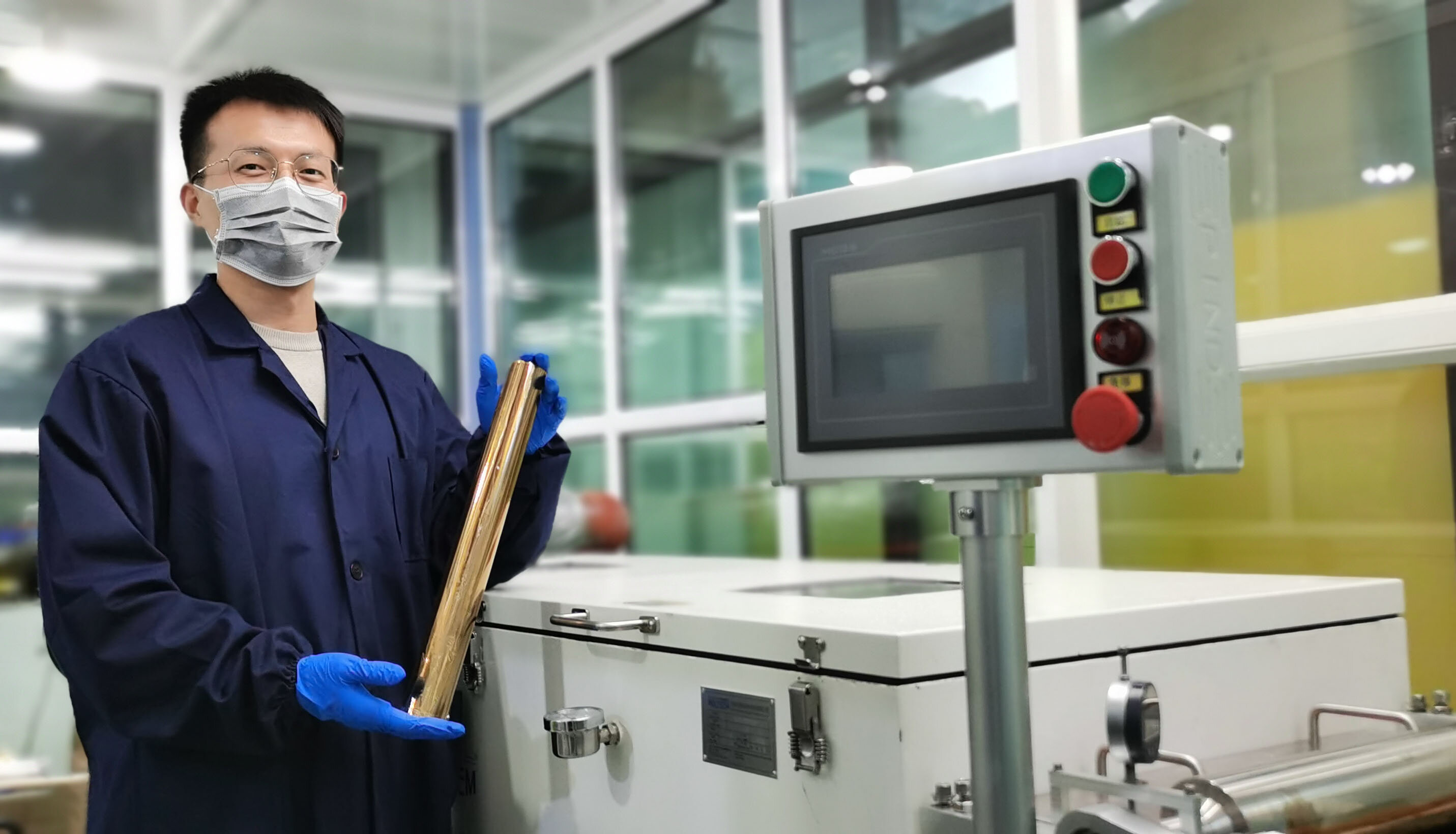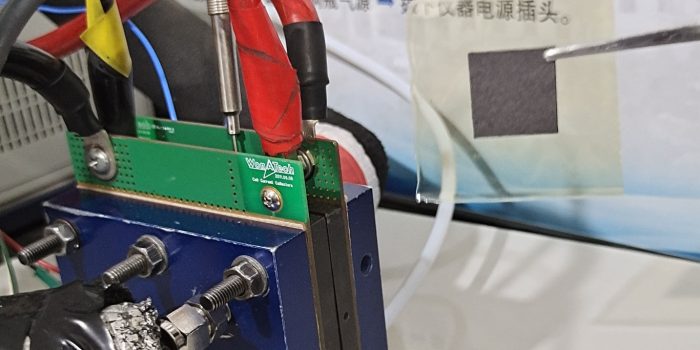Proton exchange membrane fuel cells (PEMFCs) are power cells that can change the chemical energy produced during the electrochemical reaction between hydrogen and oxygen into electrical energy. They can only work in limited temperatures like 80 to 90 degrees Celsius or 140 to 180 degrees Fahrenheit.
Researchers at the Chinese Academy of Sciences, Tianjin Normal University, and Tianjin University have designed a new type of PEMFCs that can operate across a far wider range of temperatures, specifically from -20 to 200 degrees Celsius. Their paper, published in Nature Energy, could facilitate the widespread use of PEMFC technology, while also reducing its fabrication costs.
“When we think about the leakage of phosphoric acid (PA) from a polybenzimidazole (PBI) membrane, we believe that one molecule of benzimidazole would absorb one molecule of PA, according to the concept of acid-base interactions,” Nanwen Li, one of the authors of the paper, told TechXplore. “All other PA molecules in the PBI membrane, on the other hand, are mostly retained by hydrogen-bonding interactions. This is like a dog chain that restrains a dog so that other dogs just follow this dog by kinship. However, if we can create a dog kennel, all the dogs in this kennel would not be able to come out easily if the front door is closed.”

The goal was to create a membrane that could absorb PA. To further strengthen its ability to capture PA, they used the ‘capillary siphoning effect,” an effect through which liquids can be easily absorbed.
“The ultra-micropores in the TB polymer act as capillaries for the PA absorption and retention, like in the dog kennel metaphor,” Li explained. “By adjusting the chemical structure of the monomer, the polymer membrane pore size and distribution could be controlled. One membrane with the pore size of about 3.5 Å showed the best siphoning effect of PA molecules, and thus the best conductivity stability and fuel cell performance under a broad range of operating temperatures.”
The proton conductive membrane contained in PEMFCs is coated with a catalytic substance on each side, to trigger electrochemical reactions between the anode (hydrogen) and cathode (oxygen) inside a cell.
“Among others, there are two primary functions of the membrane: one is to conduct the protons catalytically produced at the anode to transport them to the cathode and combine them with oxygen, ultimately producing water, while the other is to force the electrons (i.e., electrical energy) produced catalytically at the anode, through an exterior circuit, where they complete the circuit and produce water,” Li said. “One can think of fuel cells as a highly controlled catalytic combustion of hydrogen and oxygen, which does not explode as it would if ignited, but releases electrical energy on demand. Electrolysis, or the splitting of water, is really just the reverse, where you input electrical energy to split water into hydrogen and oxygen.”
%20v3.png)
“Using our design, the fuel cell stack would be simplified significantly,” Li said. “We believe that the siphoning effect for the PA absorption into the ultra-micropores is significant for the development of highly performing high-temperature PEMFCs. This will help them function without auxiliary heating systems.”
The study can lead to better-performing PEMFCs, while also massively reducing their fabrication costs. They will use a catalyst layer in advanced experiments later.
“We would also like to design and prepare PBI systems with the same kind of ultra-microporosity as the membranes we used, which could be easier to apply in the energy industry,” Li added.


